Promoting Healthy Foot Development during Childhood
As paediatric physiotherapists, we are passionate about promoting motor development from infancy and all through childhood. We strongly value taking a preventative approach wherever possible and encouraging children to maximize their physical potential from the start – including training their foot muscles!
Feet contain four layers of muscles that, like all other muscles in the body, children must learn to use and control as part of motor development. Some of the functions of these muscles include curling, extending and spreading the toes, maintaining balance, gripping the floor as well as controlling side to side movements of the foot and ankle. In order to develop their foot muscles and ultimately the shape of their foot, children must practice using their toes and feet regularly all through childhood.
For muscle development (of the whole body!), the more active your kiddo can be – the better! Below you will find specific examples of playful strategies to promote foot development all through childhood.
We recommend bare feet for babies, toddlers and children where possible. Though baby shoes can be temptingly adorable, they limit the movement available at the child’s feet and toes. This prevents them from learning to fully move their toes to grip the floor while they explore their environment and attempt to keep their balance. By opting for barefoot play, you allow your child to move their feet without restriction and experience their entire foot contacting the floor, which helps them develop control of their many foot muscles, provides sensory input to their feet and ultimately develops their foot posture.
As soon as your child begins independently spending time in standing, they are beginning to work on their foot muscle development. During early walking and standing, it is normal for children to have flat feet, as foot development occurs during the first ten years of life. During this period, we want to give the children ample opportunities to strengthen their stabilizing muscles and gradually develop a more mature foot shape.
Here are our favourite play activities to challenge your child’s foot muscles:
- Single leg balance. This may include stepping onto or over obstacles while cruising or walking independently.
- Balance on one leg like a flamingo and stand for as long as possible (add a cushion to stand on for a bonus challenge!
- Picking up toys with their toes to spreading and then squeezing the toes
- Walk on unstable surfaces such as rocks, sand or trampolines
- Reaching up onto their tippy toes to grab
- Tight rope walking along lines or curbs. The closer together they keep their feet, the better
- As your child becomes stronger and more consistent with these activities, you can make them more challenging by asking them to move more slowly or using more challenging obstacles!
The position of the feet is also greatly impacted by the alignment of the entire leg. In order to encourage healthy foot development, we must also encourage appropriate alignment at the hips and knees. For example, if your child allows their knees to collapse inward, they will be forced to place more weight on the inside of their feet and use a more “flat footed” position.
Here are our favourite activities to encourage your child to use good alignment in their whole lower body:
- Avoid frequent W sitting as this position encourages a knock-kneed posture
- Lots of deep squat play! Children should learn this skill to safely get down from standing before they begin walking and should use it regularly all through development
- Changing positions regularly. The more often your kiddo uses different postures to sit, stand or move, the more muscles and joint positions they are encouraging as part of their play
- Regularly challenge their motor skills with jumping, climbing and balance challenges. By continuing to learn new skills and challenging themselves, they will be continuing to improve their control over their body and strengthen their muscles
As with most paediatric conditions, the earlier we can begin to address concerns with foot development – the better! If you notice that your child walks with their feet in a “collapsed” position, continues to W sit or uses poor alignment or appears to be falling behind on their skills relative to their peers, we are here to help! If your child begins to develop pain in their feet at any point during development, seek help as soon as possible.
Overall, taking a preventative approach can be very helpful in ensuring your kiddos feet grow and develop in a healthy manner.
As a summary, our top tips for promoting foot development are:
- Give your toddler or child lots of opportunities to challenge and develop their foot muscles
- Keep an eye on their leg alignment (lots of squats, no W sitting)
- If you have any concerns, seek support as early as possible!
© Patrick Physiotherapist Corp.
Carly Aspden
KidsPhysio.ca
Carly Aspden is a Physiotherapist, General Manager Fraser and North Vancouver, Director of Clinical Excellence. Carly enjoys treating patients ranging from babies to teenagers and loves the challenge of keeping the sessions both effective and fun. Kids Physio Group specializes in treating babies, kids, and teens as they set the standard for pediatric physiotherapy.
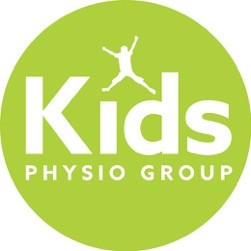

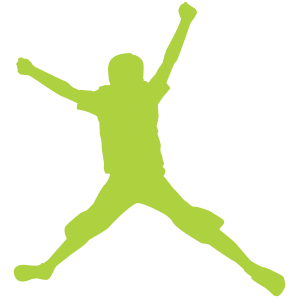
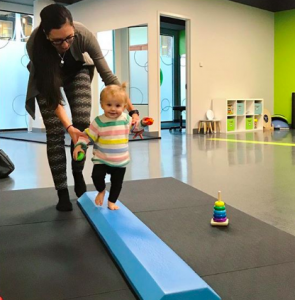
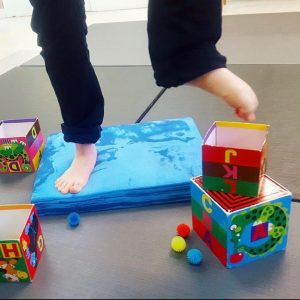
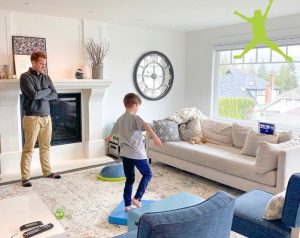
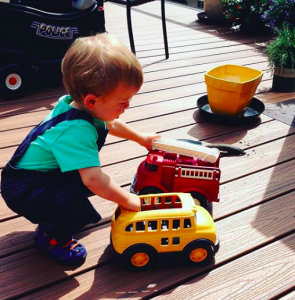
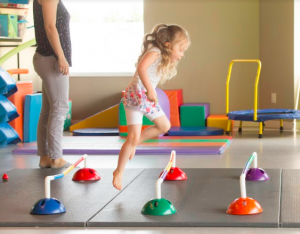

Abbas Bolurfrushan
October 20, 2020 at 9:25 pmI am operating Bunion and need after operation assistance
Michael Ryan - Director of R&D
November 23, 2020 at 12:08 pmHello Abbas – We understand that bunions can be challenging for both shoe-fit and pain reasons. Check out our Foot Health Centre page (https://shop.kintec.net/foot-health-centre/bunions) for lots of great information on bunions and product suggestions to help support and minimize your bunion progression.